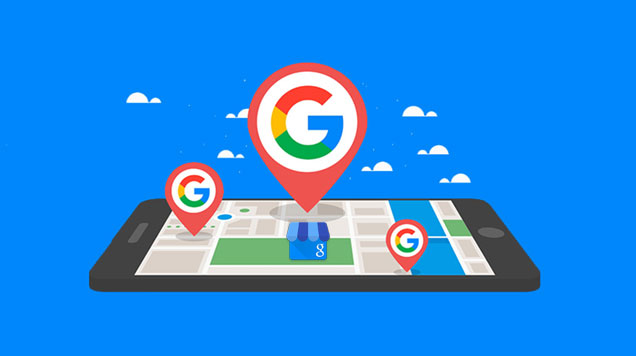Google is introducing a new algorithm that affects how mobile search results appear — a significant change that will take anywhere from several days to a week to roll out.
Moving forward, when you do a Google search on mobile, search results will prioritize websites that the search engine deems “mobile-friendly” — ones that avoid software like Flash and feature larger text, easy-to-click links and a responsive design. Sites that aren’t up to snuff will likely appear lower in search results.
The change will impact millions of sites, more than Google’s last major search ranking algorithm update, Google Panda. Panda, which was launched in 2011 and has been updated several times since then, downranked 12% of all sites that Google rated low-quality.
It’s impossible to determine just how many of the Internet’s 177 million sites are mobile-friendly, but Forrester Research estimates that just 38% of all enterprise web sites — sites for businesses with 1,000 or more employees — don’t meet Google’s criteria. That number doesn’t even include sites for small businesses that rely on location-based searches, which shoppers discover via queries like “pizza delivery in downtown San Francisco.”
For businesses, it’s a sobering wake-up call: Get up to speed on mobile. Otherwise, get buried in search results, hemorrhage web traffic and lose revenues. it’s a sobering wake-up call: Get up to speed on mobile. Otherwise, get buried in search results, hemorrhage web traffic and lose revenues.
Many more consumers will be affected, too; 89% of all smartphone owners worldwide conduct searches on Google. It’s unclear how mobile and desktop search results will differ until the search ranking update is fully implemented, but users can expect a mobile experience that’s not only easier on the eyes, but also easier to navigate.
That’s key for Google to maintain a stranglehold on mobile search market share, but it doesn’t hurt the company’s bottom line, either. If users have better search experiences, they’re more likely to click on ads, Forrester Research analyst Ted Schadler explained.
Google doesn’t break out how much of its advertising revenues come from mobile, but research firm eMarketer estimates the company saw its market share dip from nearly 50% to 46% over the last three years. Facebook’s market share, meanwhile, quadrupled to 21% during the same period.
author: JP Mangalidan
source: Mashable
See Also
Mobile-Friendly Test tool by Google
Take this test tool to check if your website is compatible with mobile devices, if not, please get in touch with us, we can help you on this.





